Our approach
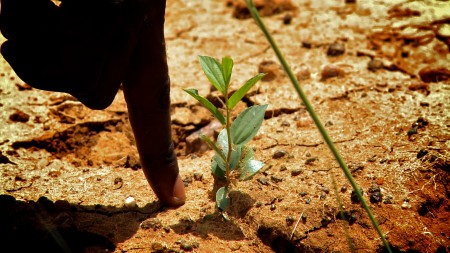 In the Sahel, society consists mainly of villages doing agriculture. Aside of these villages, nomads like the Fula and their cattle migrate through the Sahel in search of food for their animals. However, due to the current droughts and poor management, this is accompanied by many difficulties. Areas are overgrazed and the few trees that are still standing are sometimes cut down, which speeds up desertification even more. Conflicts arise when the cattle forage in the fields or gardens of the farmers. Read more about it on our page about desertification.
In the Sahel, society consists mainly of villages doing agriculture. Aside of these villages, nomads like the Fula and their cattle migrate through the Sahel in search of food for their animals. However, due to the current droughts and poor management, this is accompanied by many difficulties. Areas are overgrazed and the few trees that are still standing are sometimes cut down, which speeds up desertification even more. Conflicts arise when the cattle forage in the fields or gardens of the farmers. Read more about it on our page about desertification.
To achieve a sustainable solution, OZG has developed a sophisticated concept. The initial development took place in the Sahel region of Burkina Faso, where we have researched, started and maintained a successful reforestation project during 10 years (2007-2017). This project is now continued by a local organization, and from 2018, we are starting up a new project using the same method in modified form in Senegal.
See also documentary that has been broadcast including ATV and digital TV stations:
Part 1 The beginning
Part 2 The result
Dutch (not yet subtitled in French or English)
Our approach consists of three phases:
- Involvement of the community
- Start the reforestation
- Valorise the forest
1. Involvement of the community
Our approach heavily depends on the local population. After all, the forests will become their property. We therefore approach the local community directly, in order to avoid corruption at higher levels. We also work exclusively in areas of that community, and involve people at every part of the project.
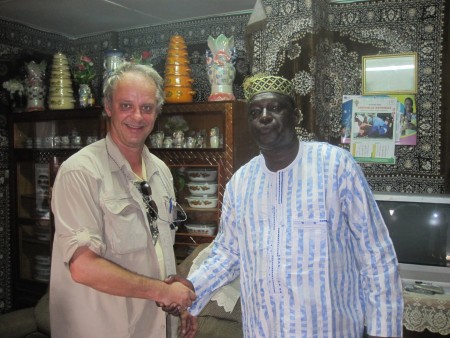 To start up, we follow three steps:
To start up, we follow three steps:
Step 1: We identify the leaders of the community and present the project.
Step 2: We ensure involvement with all villagers and explore the terrain.
Step 3: The "concession protocol" is signed, and operational planning and education are started.
The involvement and education is very important to inform all villagers (men, women and children) about the value of the forest. We also provide training so that everyone knows how the forest can be managed and maintained.
We measure the socio-economic status at the beginning in order to be able to measure the impact over time.
2. Start the reforestation
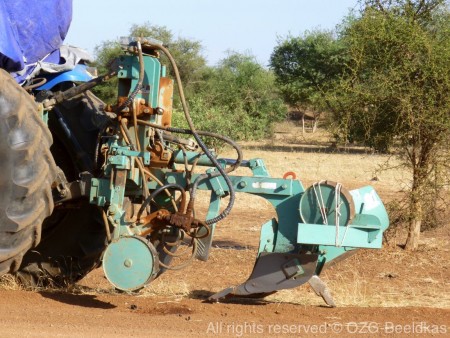 We want to restore landscapes to their original state on a large scale. In the Sahel, we use the Vallerani method for this. It is based on the retention of rainwater and organic material in water reservoirs in the form of a half-moon. These pits are made with the specialized Delfino plow, pulled by a tractor. This labor is done by a local partner ngo.
We want to restore landscapes to their original state on a large scale. In the Sahel, we use the Vallerani method for this. It is based on the retention of rainwater and organic material in water reservoirs in the form of a half-moon. These pits are made with the specialized Delfino plow, pulled by a tractor. This labor is done by a local partner ngo.
Then the people of the villages (mostly the women) can get started to sow into and around these reservoirs. They are paid for this work. For the reforestation project in Burkina Faso, we have put together a seed mix for trees (mostly acacias), grasses and other non-woody species such as herbs. During the rainy season, from June to September, these seeds can germinate and the plants begin to grow.
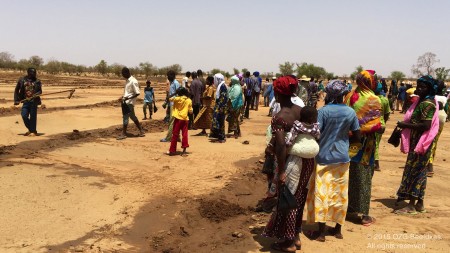 The crops that are sown along with the tree seeds provide protection for the saplings. After three months they are about 20 centimeters high, and thanks to the grasses around them they are hardly touched by the cattle. In each half-moon, about 3 to 4 trees survive after two seasons.
The crops that are sown along with the tree seeds provide protection for the saplings. After three months they are about 20 centimeters high, and thanks to the grasses around them they are hardly touched by the cattle. In each half-moon, about 3 to 4 trees survive after two seasons.
On average, a village has about 350 inhabitants, and we work with an area of about 250 hectares. After a year, about 1000 trees on average are growing per hectare, eventually growing into a closed cover of about 400 to 500 strong trees per hectare. In the villages where the forests are already growing, the inhabitants are paid again to collect the seeds of the plants to create new forests in the area.
3. Sustainable valorisation
OZG guarantees the sustainability of the forests through the principle of valorisation. Each forest is developed as a lever for the villages to raise their standard of living. This is achieved through a support program based on three principles. The examples below are from the reforestation project in Burkina Faso, which is now handled by a local organization.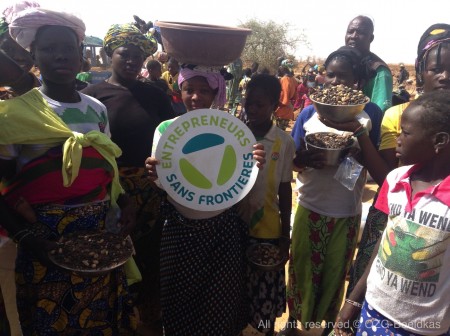
- Prevention
Operational maintenance and prevention on the basis of reporting problems. E.g. cows graze on newly sown areas, too few trees per half moon, poachers, etc ... - Education
We teach the villagers about the value and use of the forest. E.g. cattle can soon graze, and after three years, agriculture becomes possible. Without the forest, these benefits would soon be lost again. - Valorisation
We offer operational support to use land for agriculture. A variety of crops can be grown.
Read more about the impacts that are achieved this way.